25 Marie Antoinette-Inspired Destinations
Destinations in Vienna, Paris and beyond for travelers interested in tracing the footsteps of the infamous French queen
/https://tf-cmsv2-smithsonianmag-media.s3.amazonaws.com/filer/57/6c/576cd666-66ea-4870-8db8-4f4c54784bae/istock-472029565.jpg)
Marie Antoinette, the flashy 18th century Queen of France who spawned hundreds of Halloween costumes and a litany of “let them eat cake” merchandise, remains one of those historical figures who continues to attract loyal fans and fierce critics centuries after her death.
The 15th child of a royal Hapsburg family in Austria, the young Maria Antonia was thrust into the diplomatic spotlight when she was married to Louis XVI at the age of 14.
At first, the young princess — and later, the queen — took to royal life, becoming a fashion trendsetter for European royals while spending fortunes on any frivolity that piqued her fancy, including a small estate built in Versailles where she could pretend to be a peasant.
The young queen’s reign would be short-lived, however, as tensions had long been building in France over the dictatorial reign of the noblemen above the peasant classes. Years of poor agricultural harvests, coupled with rising anger about taxes and the extravagant spending on the part of King Louis XVI and Queen Marie Antoinette, led to a revolt that would blossom into revolution in 1789.
By 1793, the queen of France would be dead by guillotine, though her legacy still lives on today in Paris, Vienna, and of course, the Palace of Versailles.
Vienna Itinerary: Marie Antoinette’s early life

Born Maria Antonia Josepha Johanna in Vienna in 1755, Marie Antoinette was the 15th and youngest child of Empress Maria Theresa and her husband, the Emperor Francis I. The Hapsburg princess grew up in the Austrian capital for the first 14 years of her life. Vienna had flourished into a baroque city during the 18th century, as opulent palaces sprung up and the rich cultural life attracted composers, musicians, and opera singers.
Schönbrunn Palace
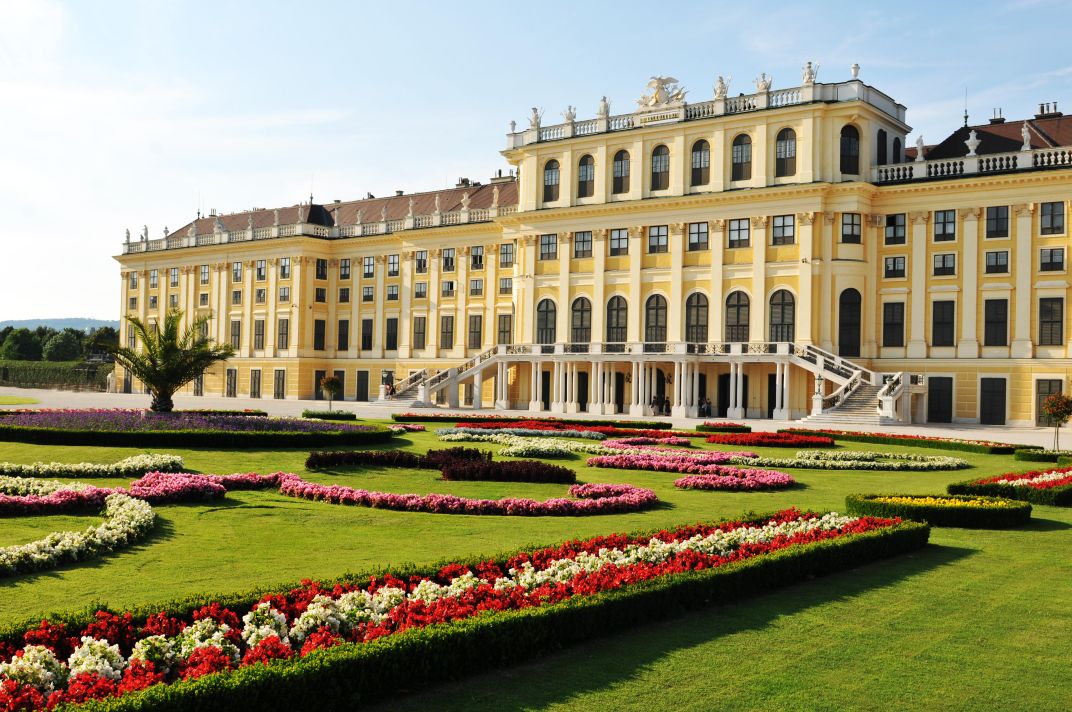
Marie Antoinette spent much of her youth at Schönbrunn Palace, the summer imperial residence of the Hapsburgs. The sprawling estate was commissioned by Maria Theresa in the late 17th century, and both the property and the gardens came to symbolize the prowess of her empire. The gardens even have a historic vineyard that once spanned more than 10,000 square-feet.
Hofburg Palace
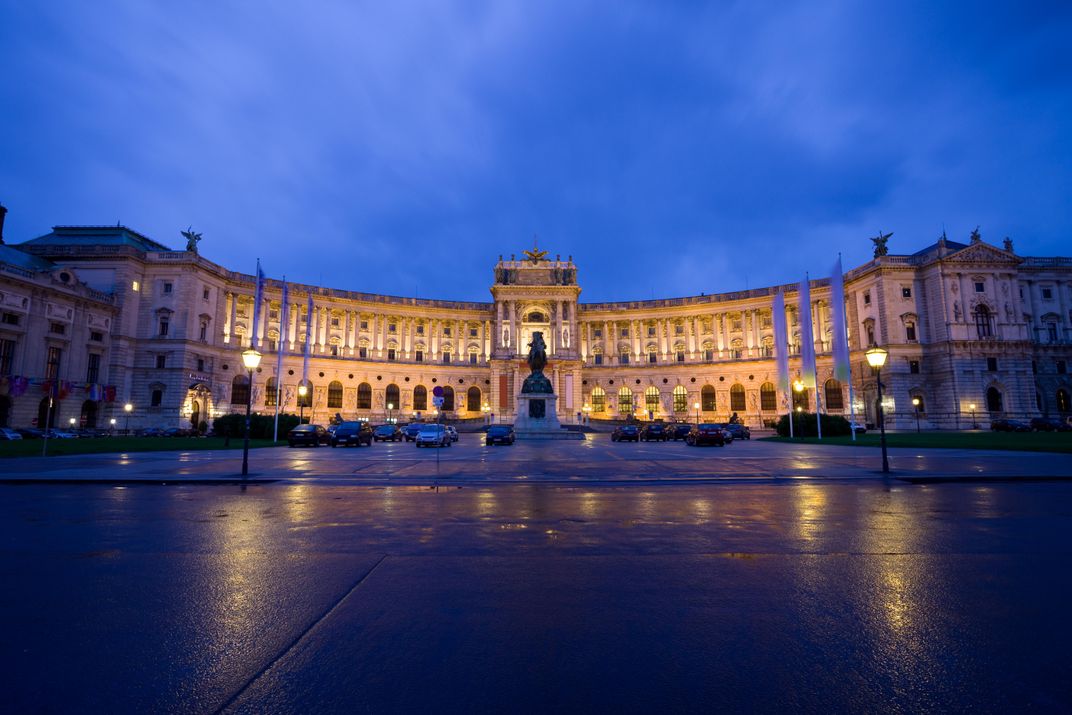
The Hofburg Palace is where the Hapsburg family would spend their winters, and the young Antonia was born in an armchair in the palace, according to some reports. Wolfgang Amadeus Mozart’s biographer wrote that a seven-year-old Marie Antoinette helped pick up a child Mozart off the floor after he slipped during a visit to the palace and eased his pain with a kiss on the cheek.
Paris Itinerary I: The Palace of Versailles
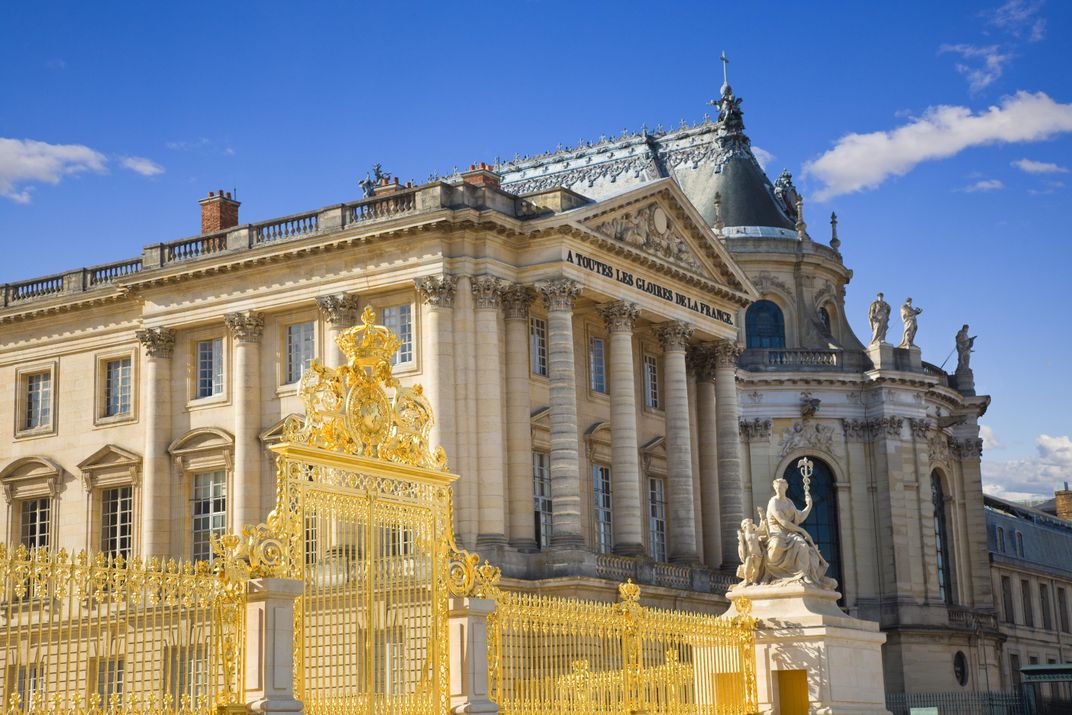
While the Palace of Versailles had long existed as a royal hunting lodge, Louis XIV — a.k.a. “The Sun King” — transformed the estate outside of Paris into the seat of French power. Louis XVI and Marie Antoinette would continue to make their own additions, including lavish interior redesigns and a new theater for the queen.
Wedding at the Royal Chapel in Versaille
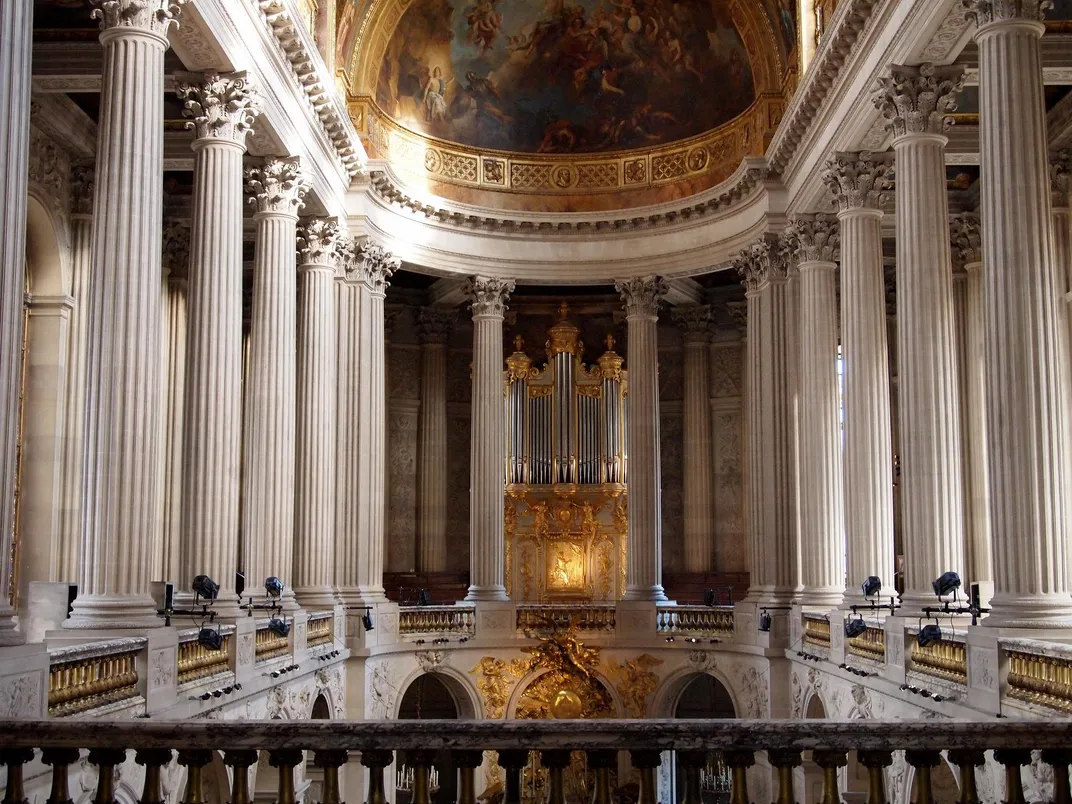
Marie Antoinette and the dauphin, Louis XVI — who, per tradition, had never met — were married at the age of 14 and 16 respectively, in an effort to solidify diplomatic relations between Austria and France. The pair made their vows on May 16, 1770 in front of some 5,000 guests.
Queen’s Chambers
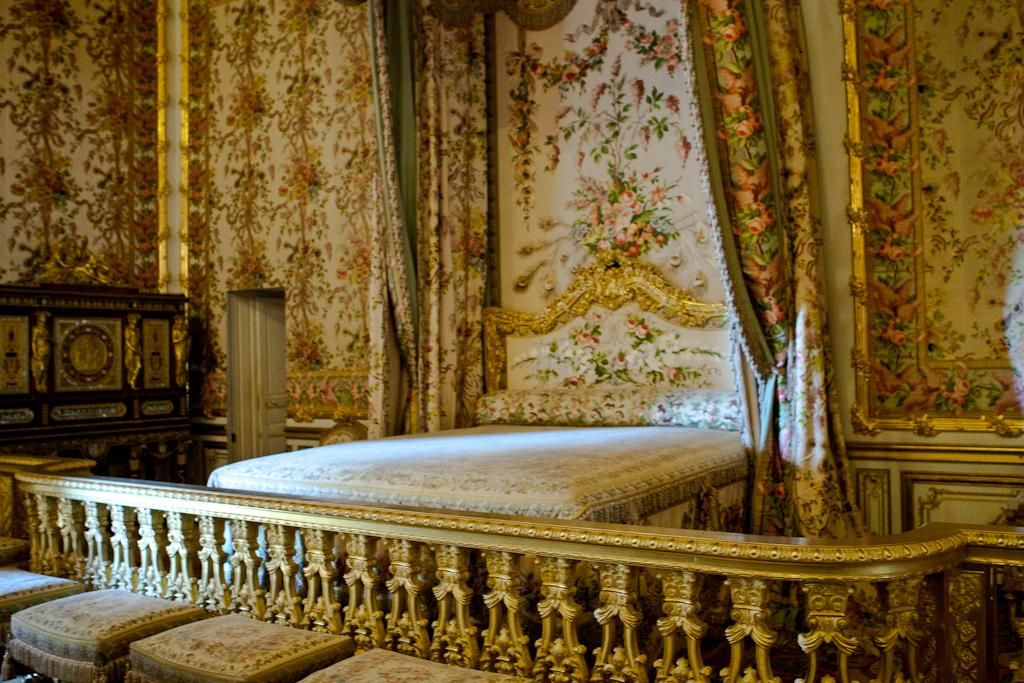
The queen’s chambers were anything but private. Per French courtier tradition, she was forced to perform many daily tasks in front of an audience, including putting her makeup on and even giving birth. The queen nearly suffocated when she gave birth to her first child, Marie-Thérèse, because there were so many people in her room pressing to see the first-born.
Queen’s Theatre
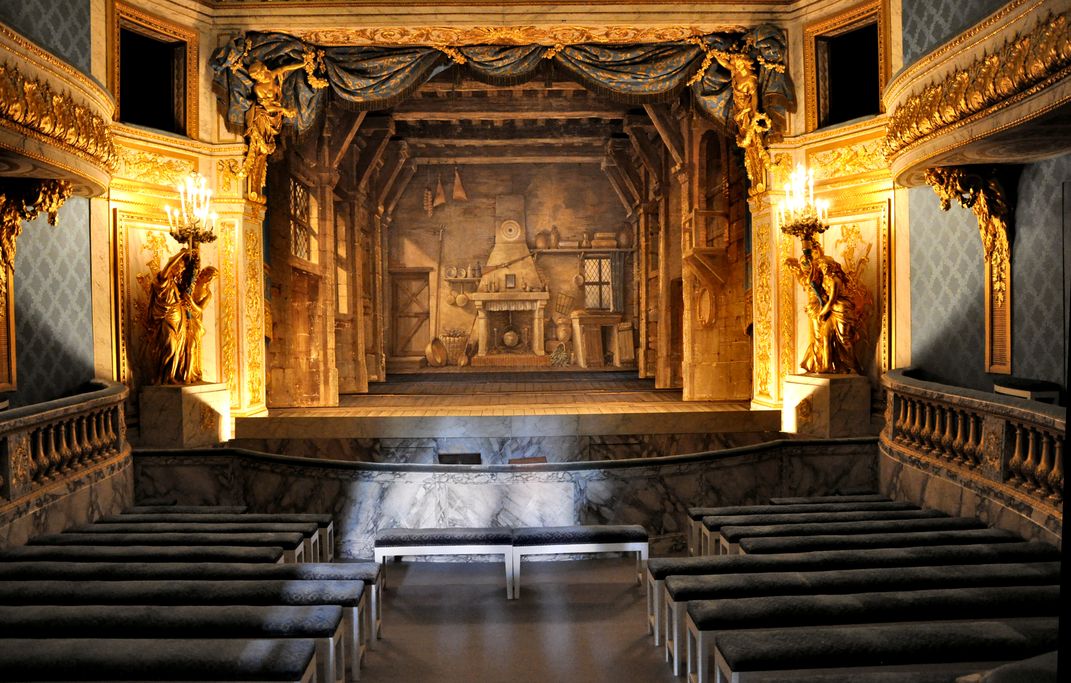
The queen was an avid fan of the performing arts, and she used this theater to bring both professional troupes to perform for her, as well as to stage her own productions with her friends of the court. Completed in 1780 and inaugurated June 1, the small theater features an interior decorated with flourishes of blue, white, and gold.
Petit Trianon
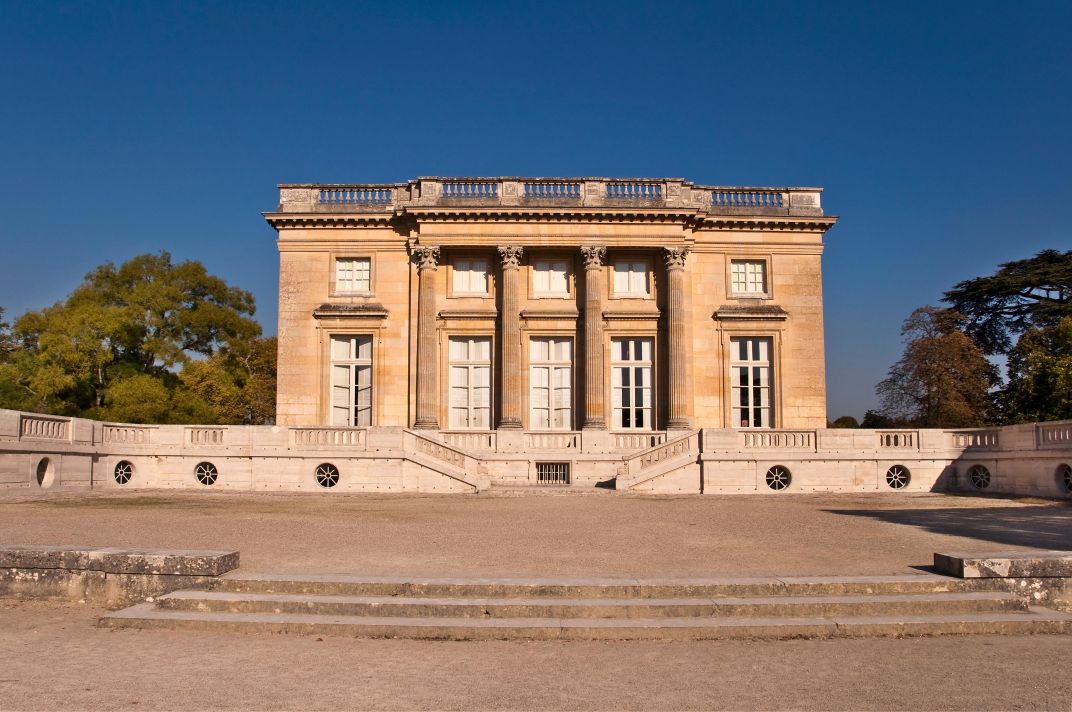
Louis XVI’s father commissioned this chateau in the middle of Versailles as a place for part of his entourage to stay while visiting. The young Louis would later give the palace as a gift to Marie, who would then redecorate the interiors and gardens with her own signature style, taking into account the trends of the day such as anglo-oriental gardens, according to the website of Versailles.
Hameau de la Reine
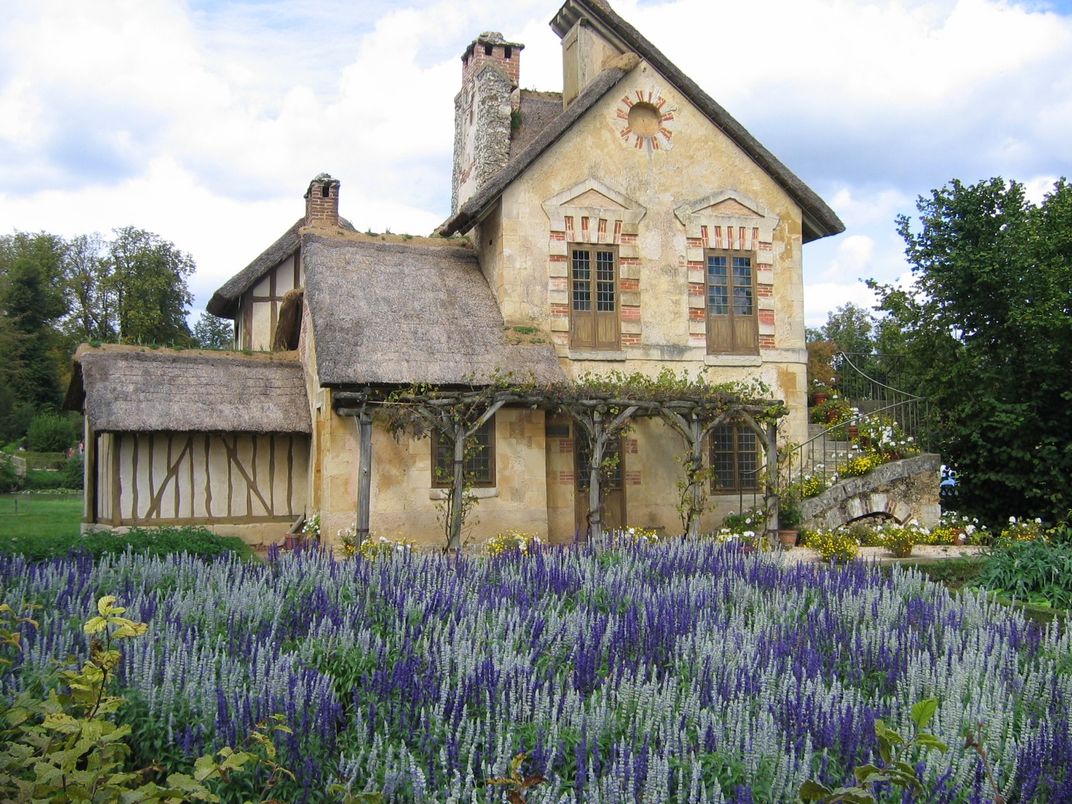
This escape, where Marie would “play peasant,” became a sticking point for the revolutionaries of France who were quick to criticize the frivolous queen for her lack of understanding of the suffering of the poor. She fed the chickens in the gardens and played make-believe here, leading to ridicule as people across the country struggled under a huge national deficit and a lack of food.
Garden of Versailles
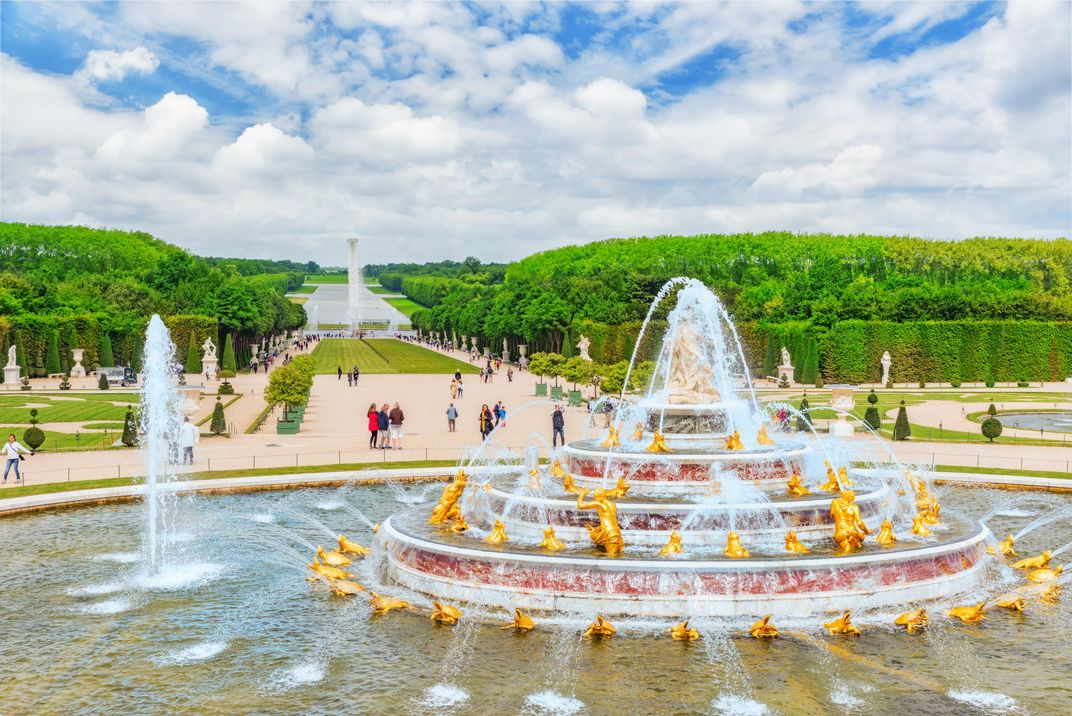
The gardens of Versailles are still one of the estate’s most exciting attractions. People can stroll the gardens as the courtiers once did, or rent a boat and toast the death of the French monarchy in the manmade lake.
Paris Itinerary Part II: The French Revolution
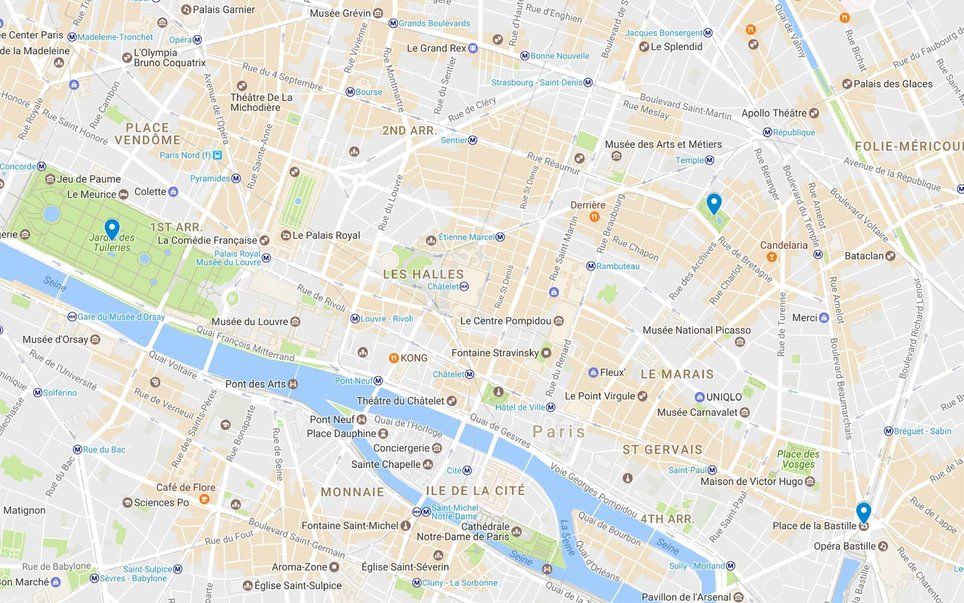
Following years of unrest and a growing dissatisfaction with the dictatorial rule of France at the hands of noblemen, France saw a popular revolt that began July 14, 1789, and would continue for years of bloody struggle across Paris and the entire country.
The vast majority of French people lived as feudal peasants, forced to pay high taxes to the aristocracy with little opportunity for social mobility. Extravagant spending by both King Louis XVI as well as Marie Antoinette aggravated an already staggering deficit, pushing France to the brink of bankruptcy.
“There was not one action in rural life that did not require the peasants to pay a ransom… Feudal rights thus extended their clutches over every force of nature, everything that grew, moved, breathed,” wrote Jean Juares.
A poor cereal harvest, coupled with drought and other agricultural woes, caused the price of bread to skyrocket, leading to famine.
Upon learning that bread was scantily available to the majority of French people, Marie Antoinette is known to have said, “Let them eat cake.” Historians still fiercely debate whether she actually uttered these words.
Place de la Bastille
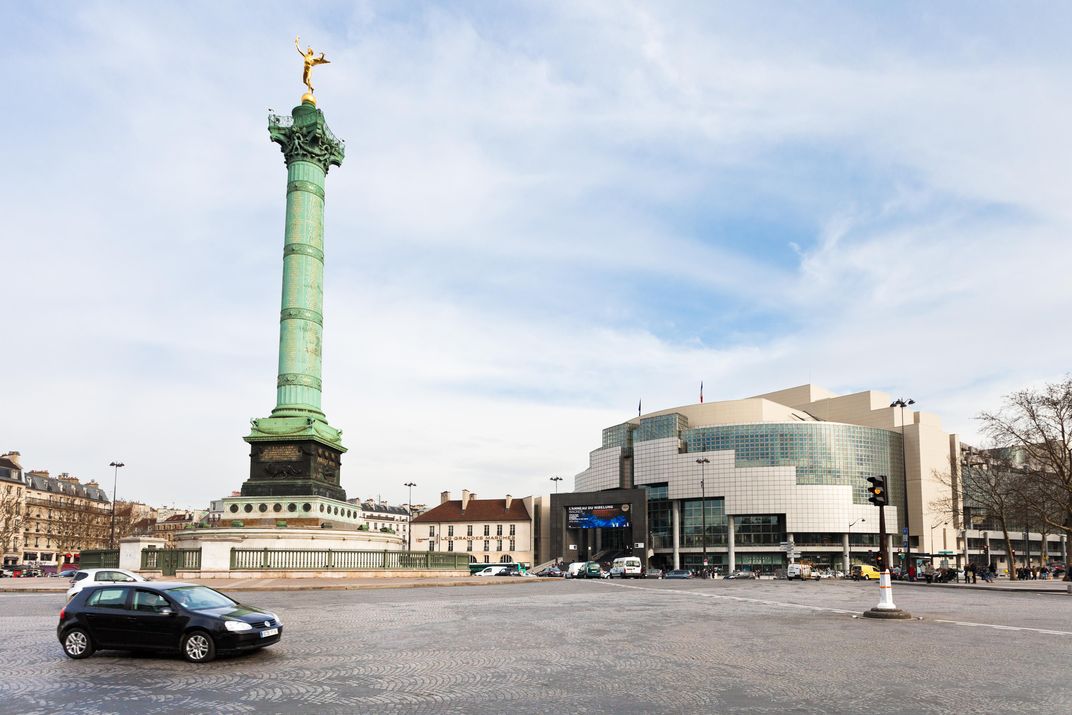
An angry mob stormed the Bastille prison in eastern Paris on July 14, 1789, in an event that has now become known as the first major fight in the French Revolution. Most of the prisoners at the Bastille had been sent there directly by the king without a trial, and the Bastille became a symbol of monarchical rule. The Bastille also contained weapons, and the mob would go on to collect ammunition from several nearby armories, too.
Tuileries Garden
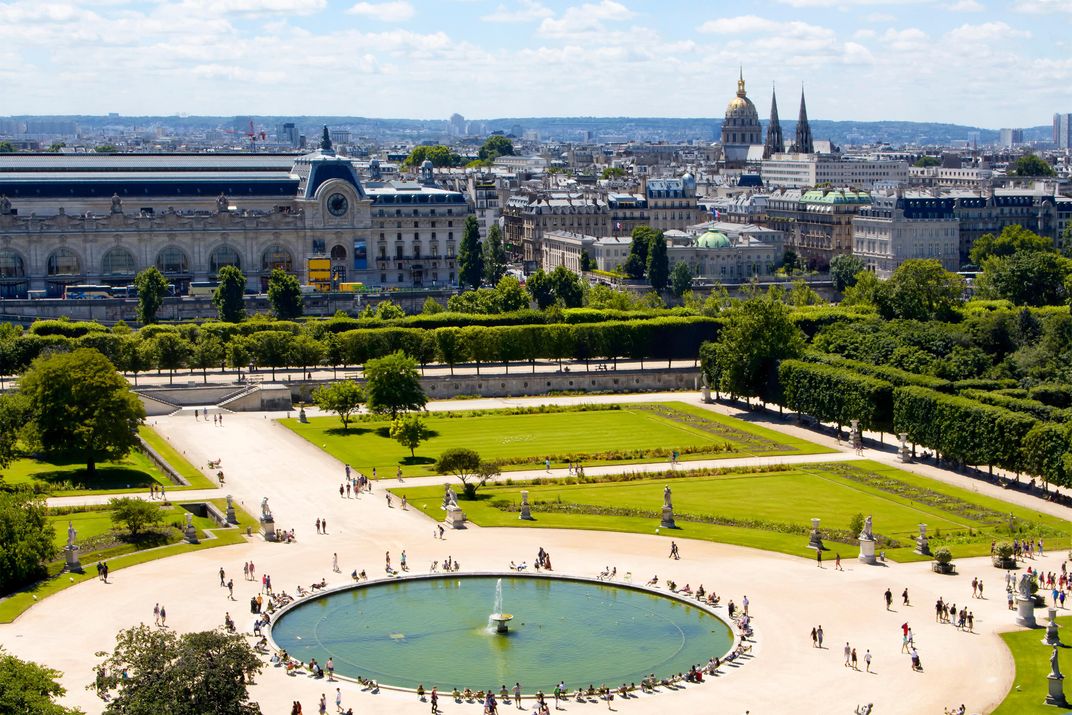
By October of 1789, the revolutionaries arrived at Versailles just as King Louis XVI was attempting to flee to another chateau. The royal family was instead taken to the palace of the Tuileries in Paris, where they were effectively imprisoned (though technically still free to leave).
Today, only the gardens remain, as the rest of the palace was destroyed. Visitors to Paris can stroll the grounds, which havesince become a popular place for locals to relax.
Le Temple Royal Prison
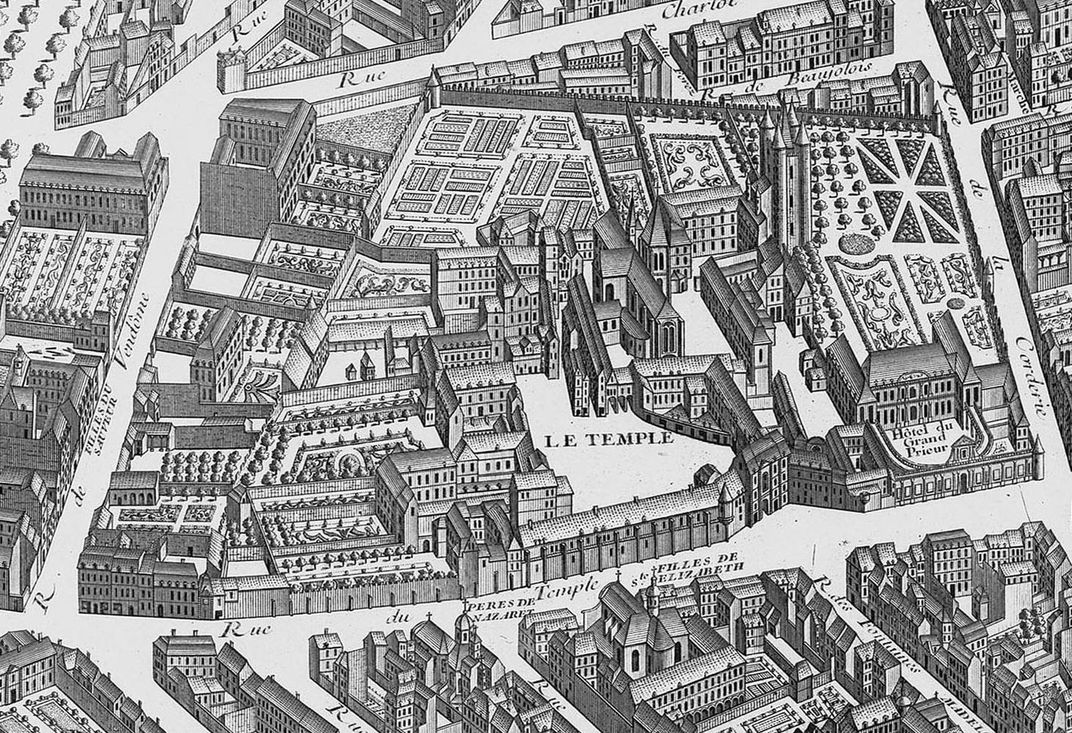
Revolutionaries stormed the Tuileries palace in 1792, capturing the French royal family and bringing them to the eastern Parisian prison called Le Temple, which had been built as a fortified monastery in the 12th century, according to Encyclopedia Britannica. The majority of the royal family remained at Le Temple until they were tried and guillotined, though Marie Antoinette would be moved to the Conciergerie prison, which still remains today.
Paris Itinerary Part III: The queen’s death
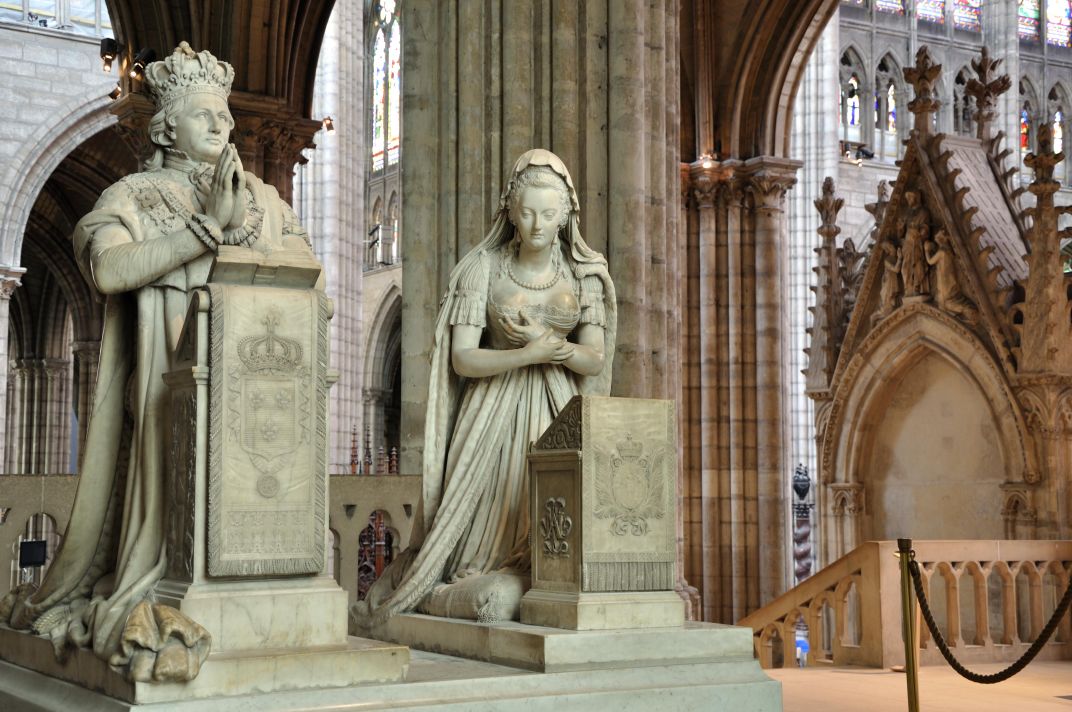
Marie Antoinette and her family spent their final days in what is now central Paris, where visitors can still see her cell, the place of her execution, and her original burial place.
The prison cell in La Conciergerie
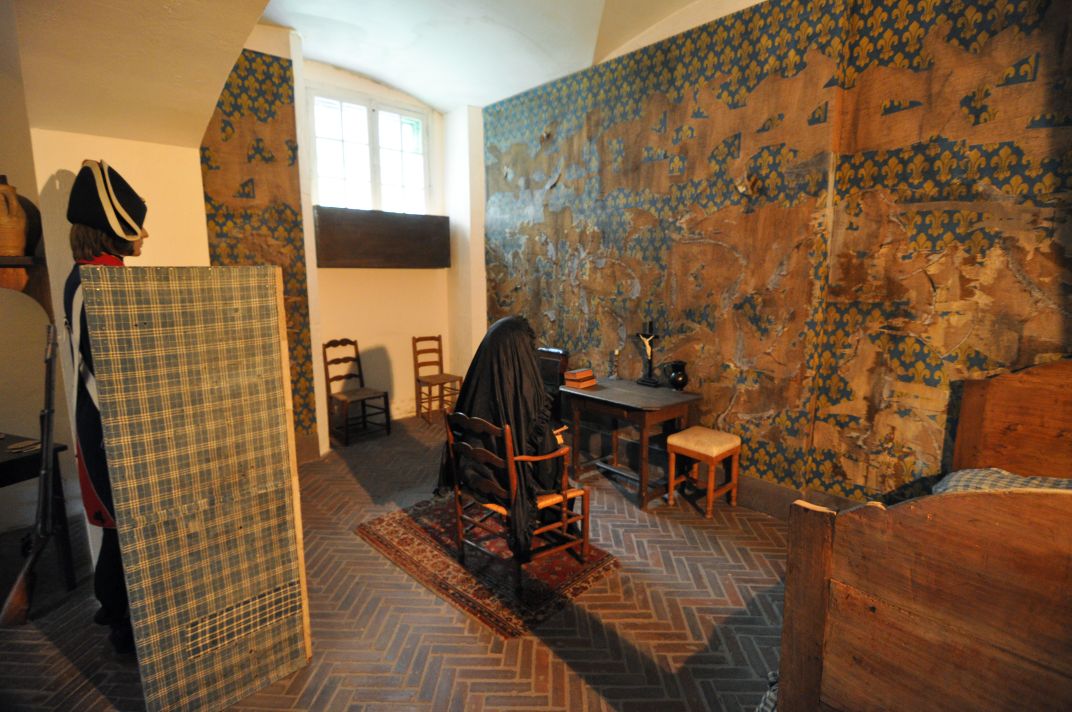
Marie Antoinette was moved from Le Temple to the Conciergerie, a palace that was converted into a prison by revolutionaries. She would remain there until her death. Tourists can visit the cell where Marie Antoinette spent her last days alive.
Beheading at Place De La Concorde
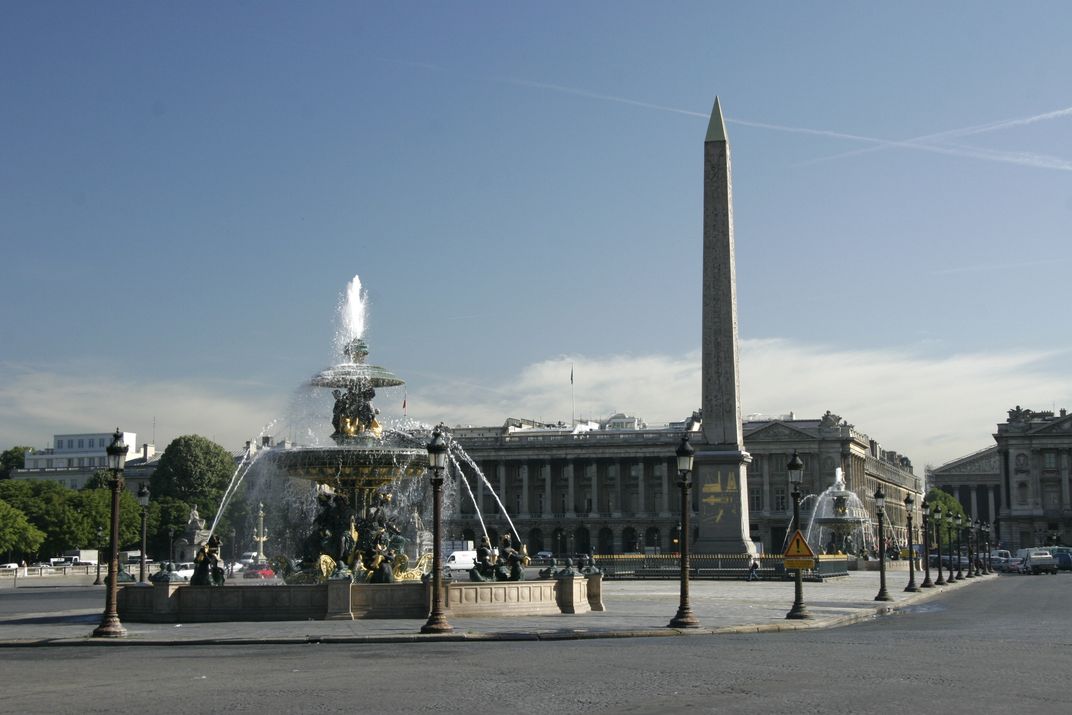
After being convicted of treason and theft, Antoinette was executed on the place de la Concorde by guillotine on October 16, 1793. Marie Antoinette’s death followed that of her husband’s, and signaled the end of monarchical rule in France.
Place de la Concorde (then called Place de la Révolution) would continue to be used as a place of execution as the revolutionaries executed tens of thousands of nobles in what would become known as “the Reign of Terror.” Legend has it, the square where the guillotine stood was covered in blood ankle-deep for months after the executions stopped.
The sprawling square is now a traffic roundabout near the Tuileries gardens that is decorated with the famous Luxor Obelisk, which was given to France by Egypt as a gift in the early 19th century.
Church of the Madeleine
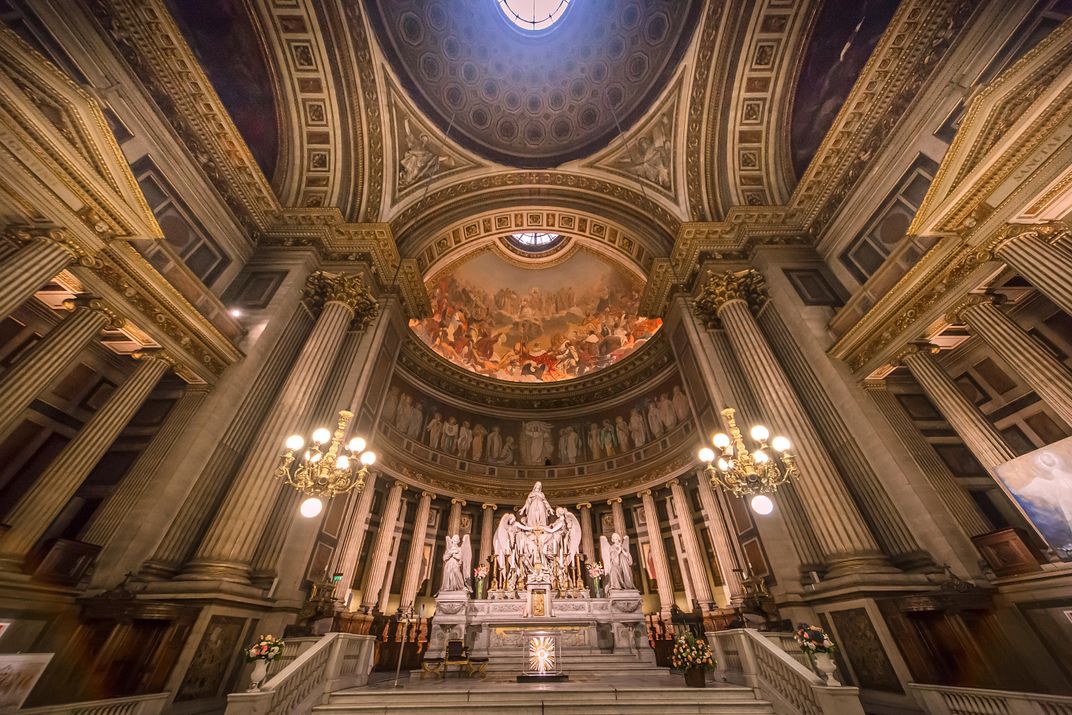
Along with the remains of more than 100 other people who had been executed, the corpse of Marie Antoinette was interred in an unmarked tomb in the Church of the Madeleine. The remains were later moved, but a plaque still marks the spot in the catacombs.
Basilica of Saint Denis
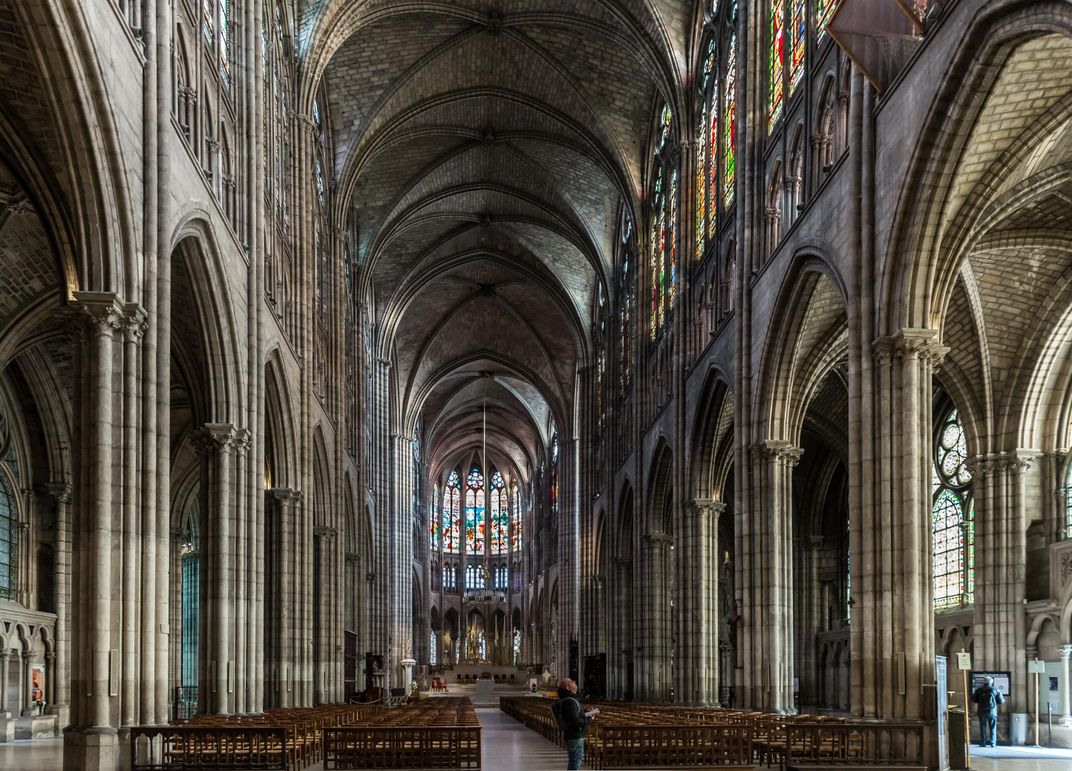
During the Bourbon Restoration, when Louis XVI’s younger brother, King Louis XVIII, came to power, the king would order the remains of his brother and his brother’s wife to be exhumed and laid to rest in the family crypt at the Saint Denis basilica.
The queen’s children: Hartwell House
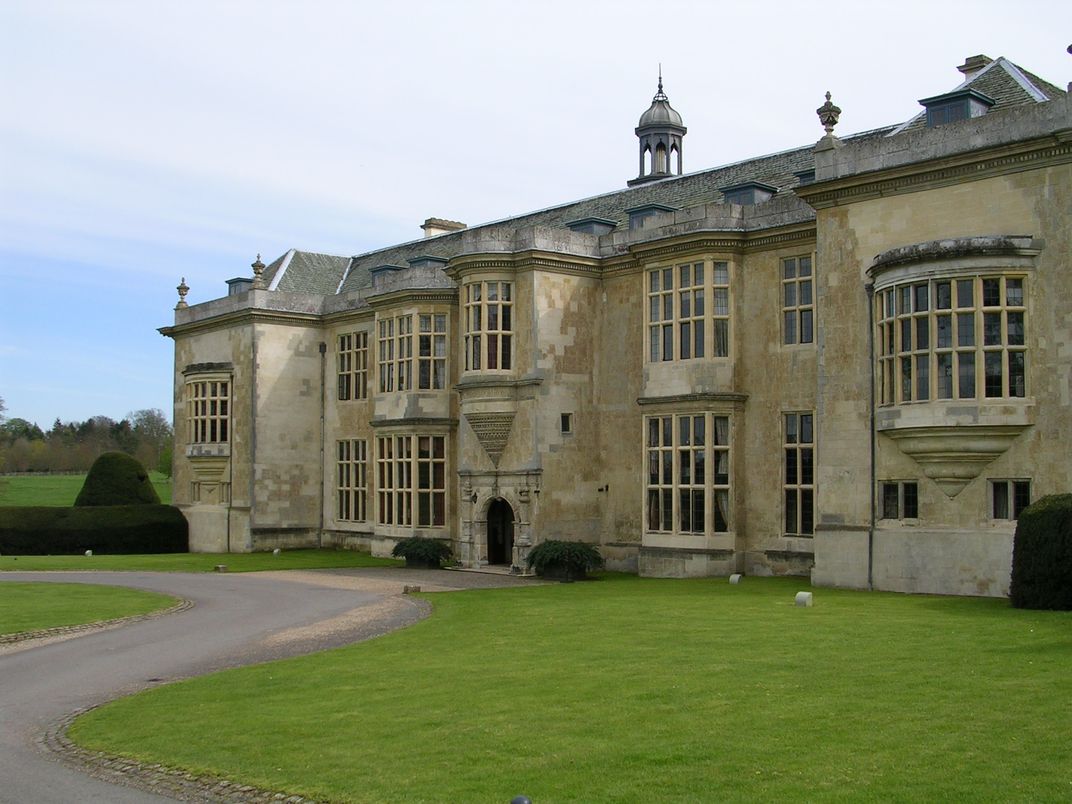
By the end of the French Revolution, three out of the king and queen’s four children had perished. Two had died before the storming of the Bastille from illness, and Louis Joseph likely succumbed to tuberculosis during his imprisonment.
The only surviving member of the immediate family was Marie-Thérèse, Marie Antoinette’s eldest daughter. She would go on to marry the Duc of Angouleme, and reportedly led out the rest of her life haunted by the deaths of her entire family. Marie-Thérèse spent time at Hartwell House, in the United Kingdom, during the early 19th century, while her uncle Louis XVIII attempted to rule as the exiled king.
Today, the beautiful property doubles as a hotel and spa.
International Attractions: Diamonds in Washington, D.C.
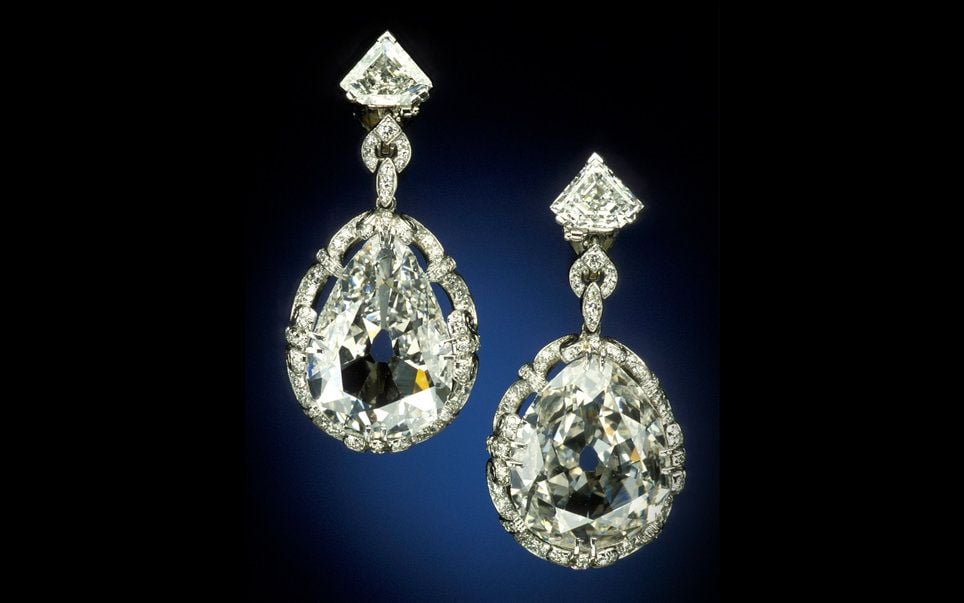
Following Marie Antoinette’s death, many of the queen’s opulent jewels disappeared, were destroyed, or were broken down and turned into new pieces. It’s difficult to track down most of her jewelry, though the Louvre has one necklace that is rumored to be made with diamonds that belonged to the former queen.
The Smithsonian, in Washington D.C., has a pair of drop diamond earrings believed to have belonged to Marie Antoinette that are on display in the geogallery.
Wigs and gowns at Versailles
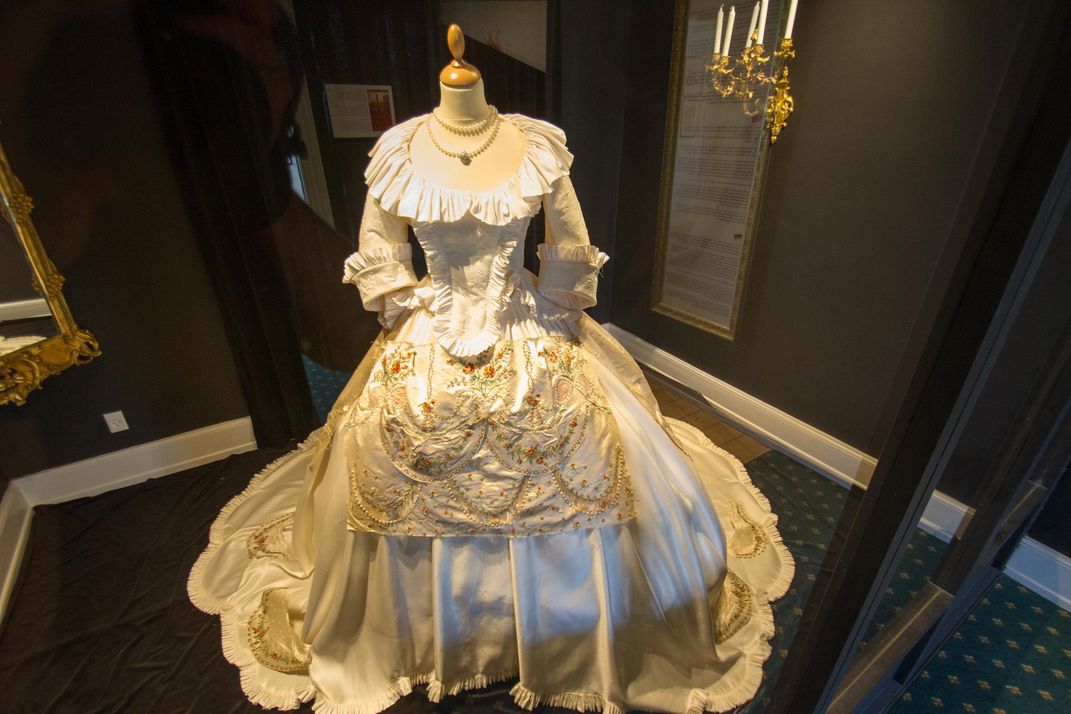
The queen had been known to set many of the courtly fashion trends at the time, and her daring wigs and dresses made her the talk of Europe. Much of Marie Antoinette’s dresses still remain at the Palace of Versailles, and her clothing is typically displayed in dedicated exhibitions.
"She loved ornamentation," Christian Baulez, then chief conservator of Versailles, told the Smithsonian Magazine. "She wasn't interested in dignity, but the picturesque. She had the tastes of an actress, not an austerely regal queen.”
Royal Ontario Museum
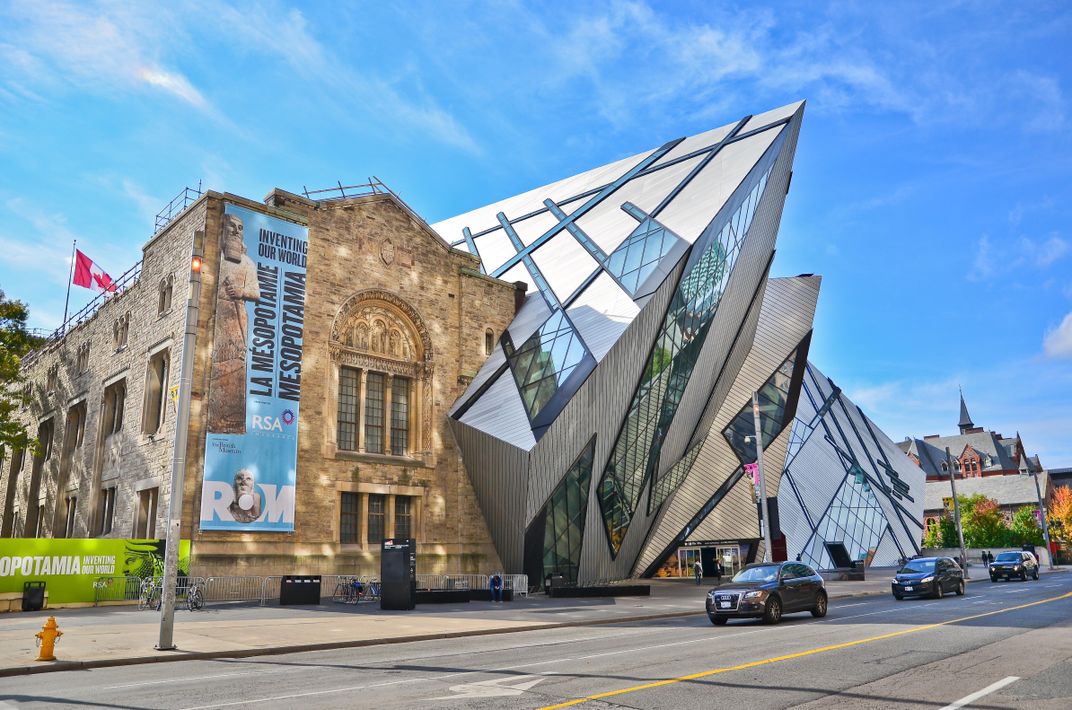
For those unable to make a transatlantic trip, North Americans can also see some of the queen’s notorious fashions at the Royal Ontario Museum in Canada. It houses one of her lavish, silk embroidered dresses.
Portrait at the Kunsthistorisches Museum
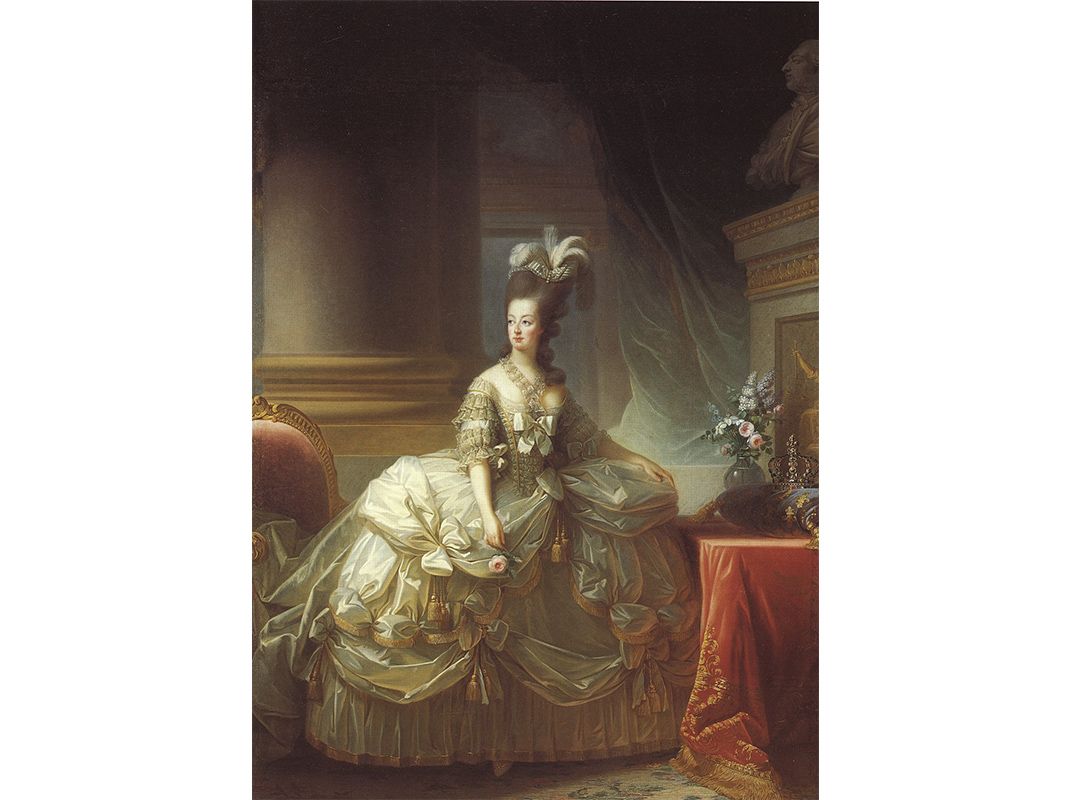
Elisabeth Vigée Le Brun, one of the only professional female painters of the 18th century court, captured this portrait of Marie Antoinette in 1778. Today, it is housed in the Kunsthistorisches Museum in Vienna.
"[Marie Antoinette] walked better than any other woman in France, holding her head very high with a majesty that singled her out in the midst of the entire court," Le Brun remarked upon meeting her.
Portrait at the Palace of Versailles
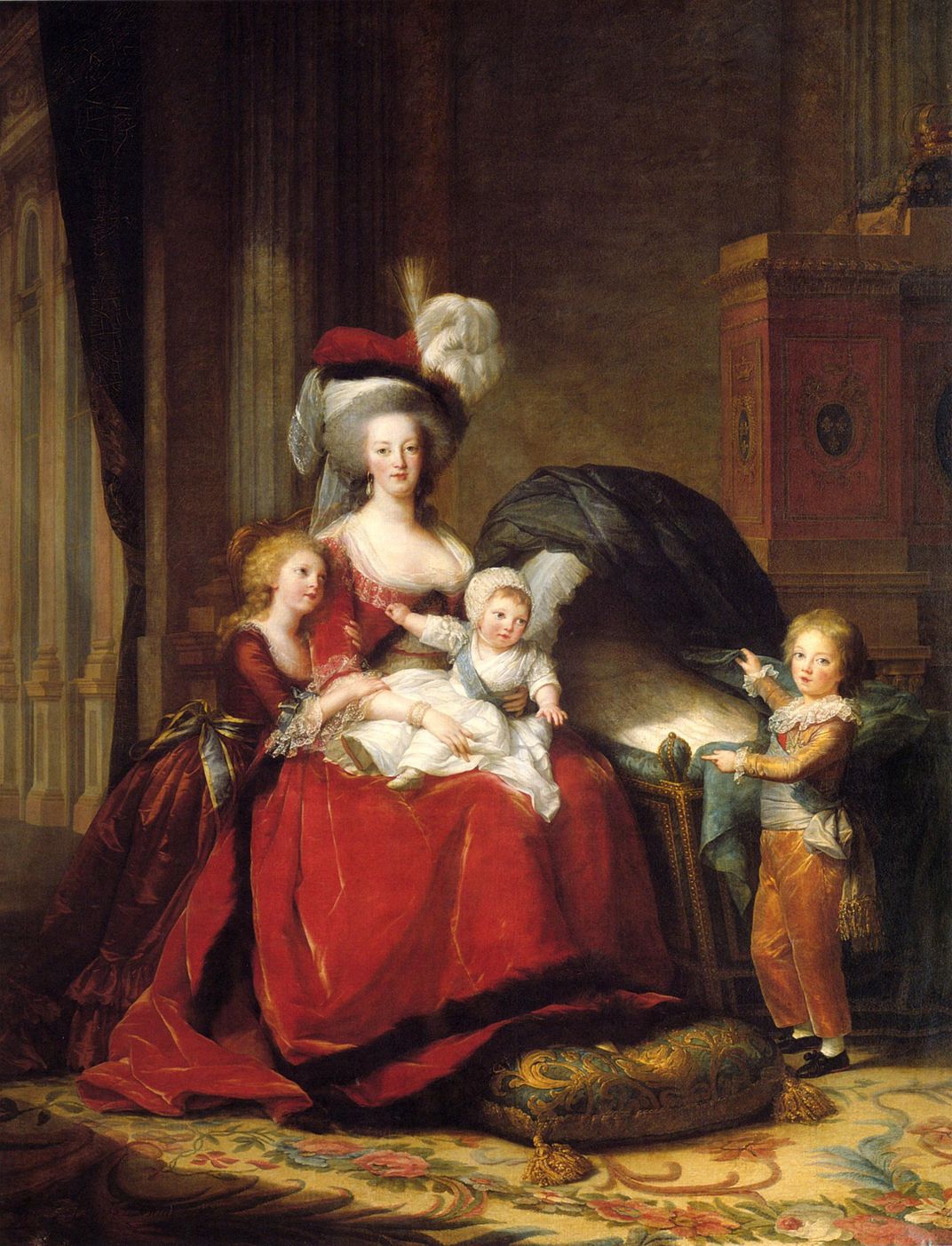
Le Brun also captured the queen in a with painting with her three children. This 1787 portrait, featuring Marie Antoinette’s children, was an attempt to soften the queen’s image and portray her as a motherly figure at a time when tensions were rising throughout the country, according to some critics.
Other articles from Travel + Leisure:
- These Castle-like Hotels Will Have You Feeling Like Royalty
- Step Inside Brooklyn's Inevitable Marie Antoinette-Themed Bar
- A Paris Restaurant Auctioning Off Marie Antoinette-Era Booze
Planning Your Next Trip?
Explore great travel deals
Smithsonian magazine participates in affiliate link advertising programs. If you purchase an item through these links, we receive a commission.